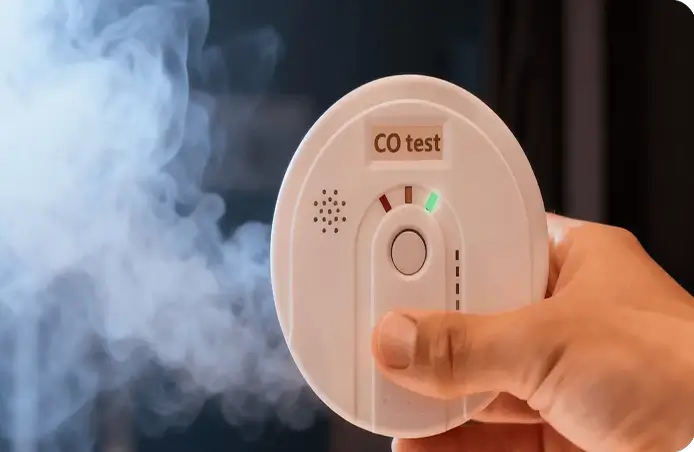What’s That Smell?
Every home has its own “signature scent”—from freshly baked cookies to that familiar pet aroma. While most household smells are harmless, unusual or persistent odours can be early signs of poor indoor air quality (IAQ).
August is especially tricky: high humidity, closed windows, and active HVAC systems can trap pollutants inside, impacting your family’s health.

Why Indoor Air Quality Matters



What Mose Home Inspection Tests For
We offer comprehensive IAQ testing in homes, condos, and commercial spaces across Quebec. Here’s what we assess:
- Carbon Dioxide (CO₂) – High levels indicate poor ventilation.
- Carbon Monoxide (CO) – A deadly gas from combustion appliances.
- Humidity, Dew Point & Temperature – Can indicate mold risk.
- VOCs – From paints, cleaning supplies, furniture and flooring.
- Mould – Even hidden mold can release airborne toxins.
- Formaldehyde – Common in composite wood and soft furnishings.
For more on indoor air quality, read:
Government of Canada – Indoor Air Quality
EPA – Guide to Indoor Air Quality

7. Embrace Natural Light (Daylighting)
Install skylights or light tubes to brighten rooms without flipping a switch. Use light shelves and clerestory windows to bounce daylight deeper into the home.




